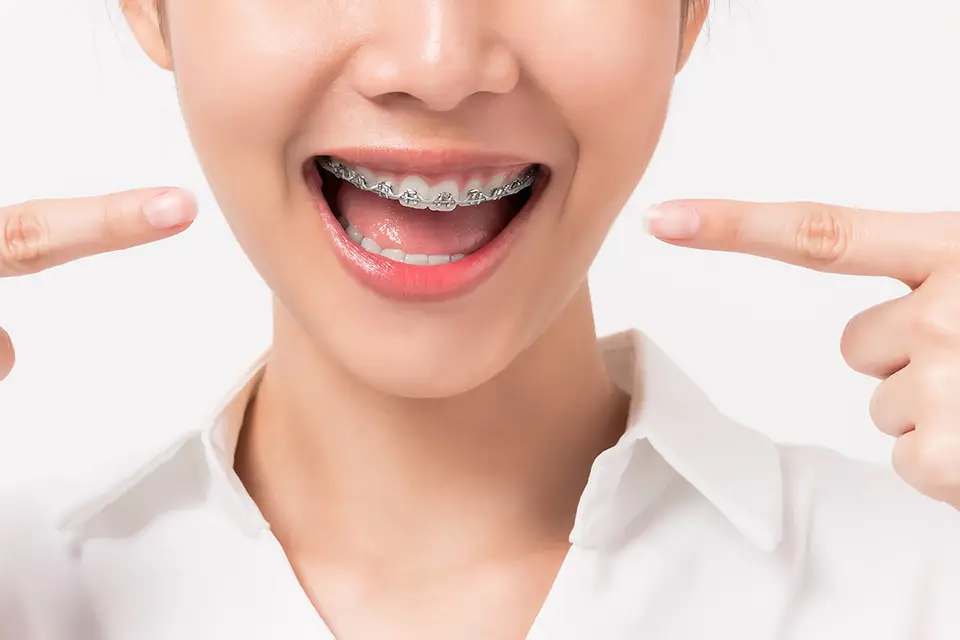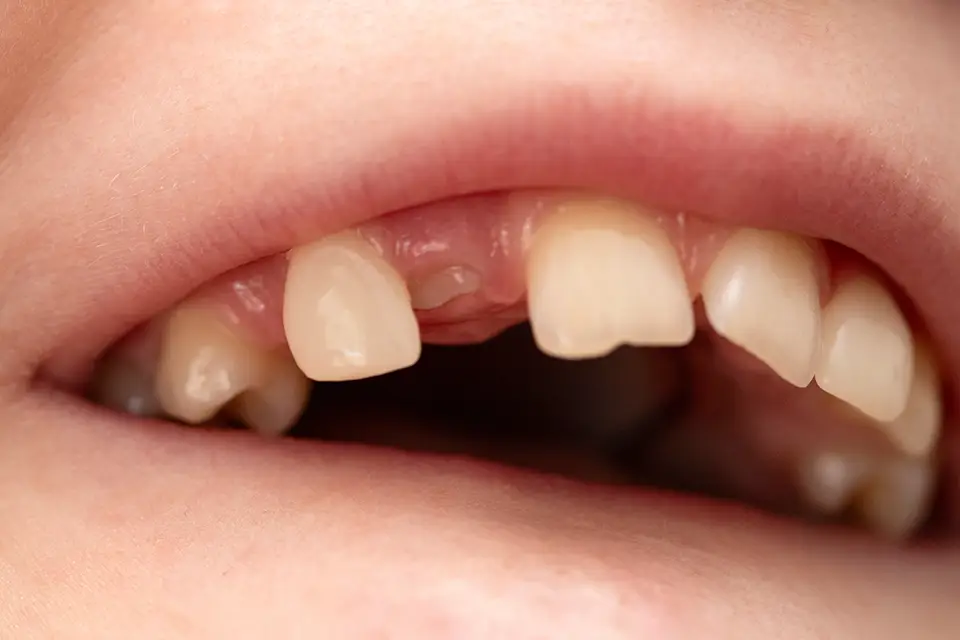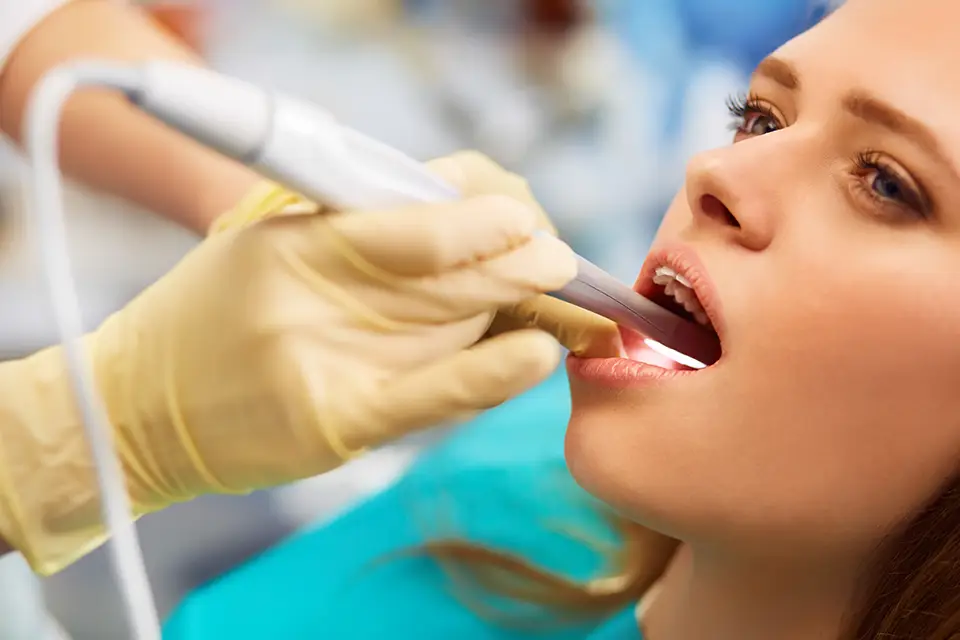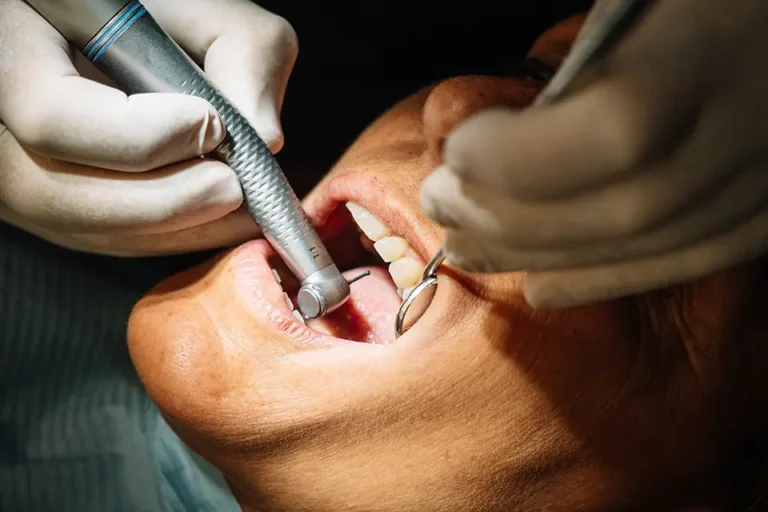You have felt dissatisfied with your smile for a long time and are considering getting dental braces. However, you know that braces are a huge commitment of time and money and want to know more about the dental braces treatment and process before you get them. This guide provides information about how braces work, who needs dental braces, length of the braces, and much more.
How Do Braces Work?
Here is a look at what happens when a person gets braces.
#1: Consultation
The first step is to get a consultation with a dentistry office specializing in braces. A dentist specializing in treating the misalignment of teeth called an orthodontist determines if you need them and the type of braces best suited for your specific needs.
You will complete paperwork on your medical and dental history and discuss it with the orthodontist. Your orthodontist will also spend time looking at your previous dental records to determine the current state of your oral health and when you last had certain dental procedures performed.
The orthodontist completes an oral exam to see if you have any new issues not listed in your dental records. For example, you could have undiagnosed tooth decay that requires a filling before you can proceed with orthodontic treatment.
The orthodontist will then take X-rays of your teeth, gums, and jaws and obtain a mold of your teeth using dental putty. A dental assistant pours the putty into a tray and places one on your top row of teeth and another on your bottom row of teeth. The mold aids your orthodontist in treatment planning and allows you to see what your teeth looked like before and after you wore braces.
#2: Prior to Treatment
Prior to the placement of braces, the dentist will work closely with you to ensure that you have received treatment for all other oral healthcare needs first. This includes proper cleaning and treatment for gum disease. Some patients need to have one or more teeth extracted to provide enough room for the other teeth to move in response to the pressure from braces.
#3: Preparing
After seeing an orthodontist and having X-rays completed, the dentist will make the necessary molds to determine the placement of the teeth. This is not uncomfortable or painful. Many dentistry clinics allow patients to see what their teeth will look like after treatment by using the molds to create a computerized model.
#4: Placement
When the time comes to receive your braces, the orthodontist applies the bonding glue to each tooth and uses a curing light to harden it. Next, your orthodontist places a bracket on each tooth and attaches thin wires between them. The entire process takes approximately two hours.
#5: Follow Up
During the course of treatment, you will need to schedule an appointment at your dentistry practice once a month for your orthodontist to adjust your braces. Adjusting the braces is necessary to ensure they continue to apply the right amount of pressure on the teeth to move them in the proper direction.
#6: Removal
Your orthodontist will remove the brackets and wires when your teeth have moved into proper alignment, and you have completed your treatment plan. Many patients continue to wear a retainer at night for several months after having their braces removed to ensure the teeth do not begin shifting back into their old position.
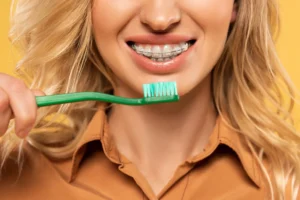
Cost of Braces
The cost of braces varies considerably based on the following factors:
- The type of braces you receive
- How long you wear the braces and how much aftercare you require
- Whether you need frequent repairs to your braces
- The geographic location of the country you live in. People who live in large metropolitan areas tend to pay more than those who live in rural areas and suburbs.
- The expertise of the orthodontist placing your braces and the amount of time spent on preparation.
- Insurance coverage
According to Cost Study that quotes the American Dental Association, the average cost of braces for kids in 2022 is $4,685 to $6,500. The range is higher for adults, at $4,800 to $7,135.
Payment Options to Cover the Cost of Your Braces?
If braces cost is a concern that keeps you from getting the treatment you need, be sure to ask your dentistry practice what types of financing they offer. Some work with finance providers to offer long-term interest-free loans for the portion of the balance not covered by insurance. There are many options for managing the cost of your new dental braces.
In some cases Dental insurance tends to help to cover portion of the cost In addition, to paying out of pocket or covering some of the cost through your provider, some dental practices offer discount or membership plans that can help in reducing the cost of our dental braces. So on your next visit to our office make sure you ask about this membership plan and see how it may be able to help with carrying the cost.
Who Is the Best Candidate for Dental Braces?
Who needs braces? The dental braces treatment and process is extensive, but it can only succeed if you commit to good oral hygiene. Your dentist must treat gum disease or other issues first before you start orthodontic treatment. You may benefit from dental braces if you have crooked teeth, an overbite, underbite, or other types of misalignments. Humana Insurance released a study in 2019 stating that over four million Americans wear braces each year, with three-quarters of them children and one-quarter of them adults.
Types of Braces
There are various types of braces. Some of them include:
- Metal braces: These are the most effective and affordable in most cases. Orthodontists affix metal brackets and wires directly to your teeth. They remain in place 24 hours a day for the duration of your treatment.
- Clear braces: Often made of ceramic, these braces work much like metal braces. The main difference is that they are clear in color and more difficult for others to see.
- Lingual braces: This is an alternative to metal braces that are invisible to others. Your orthodontist places brackets and wires on the back of the teeth instead of the front.
- Clear aligners: This type of device includes clear, plastic aligner trays that fit over the top of the teeth rather than attaching to them. The length of braces is typically shorter for those who choose clear aligners. Patients can remove clear aligners to eat and brush their teeth.
How to Eat with Braces
Learning how braces work means following a diet with certain restrictions. Hard candy and sticky foods are common examples, since both can break a bracket or wire. While giving up some of your favorite foods can be challenging, the restriction is temporary and prevents you from spending more on your orthodontic care than necessary.
How to Maintain and Clean Braces
Proper hygiene is a big part of the success of braces. It is important to brush and floss according to the dentist’s recommendations. In addition to this, you will visit your orthodontist monthly for adjustments to your braces and your regular dentist bi-annually for a check-up and cleaning. Your orthodontist will provide step-by-step procedures for properly maintaining your braces and keeping them clean.
Schedule Your Next Digital Denture Consultation
To learn more about your options on digital denture treatment and cost, contact us or schedule a dental consultation in Houston, Texas. And one of our experienced prosthodontics staff will review your case with you and confirm your next visit with us for your digital dentures.



